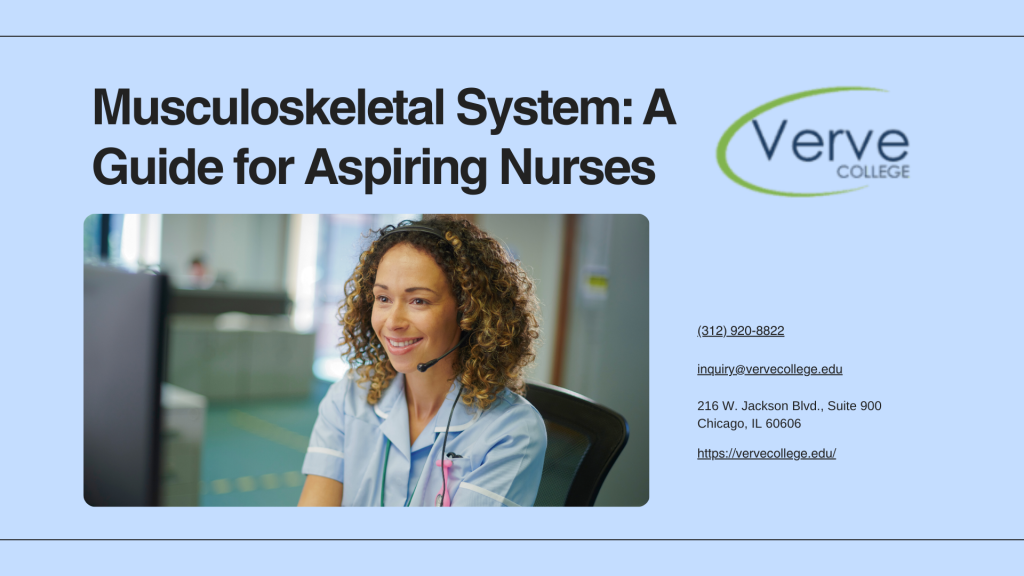- Oak Brook:(630) 705-9999
- Chicago:(312) 920-8822
- Email:inquiry@vervecollege.edu
- Make a Payment
- Home
- Programs
- Admission
- Resources
- ATI Entrance Exam Resources
- New E-Digital Library
- Refer a Friend
- School Newsletter
- Events
- Employers
- Job-Network
- Alpha Beta Kappa Candidates
- Verve College Library
- Graduation and Pinning Ceremony Photo Galleries
- Textbook Information
- Career Services
- Tutoring
- School Catalog
- FAQ
- Constitution Day Program
- Alumni
- Verve College Plans
- Financial Aid
- HEERF Reporting
- Satisfactory Academic Progress
- Apply For Financial Aid
- Net Price Calculator
- Return of Title IV Funds (R2T4)
- Financial Aid Office Code of Conduct
- Contact
- FAQs
- Verification Policy
- Vaccination Policy
- Student Right-to-Know Act
- Misrepresentation
- Information Security Program
- Academic Award Year
- Availability of Employee
- Cost of Attendance
- Health & Safety Exemption Requirement
- Students Rights and Responsibilities
- Leave of Absence
- Pell Formula
- Military Students
- Grants/ Scholarship Policy
- Contact Us
- Testimonials
- Blog
Is a Nursing Career Right For You?
Take The Free Quiz
Musculoskeletal System: A Guide for Aspiring Nurses
Musculoskeletal System: A Guide for Aspiring Nurses
If you’re considering becoming a nurse, knowing the musculoskeletal system for nurses is vital. The intricate system of muscles, bones, and connective tissues provides the structure, allows for movement, and shields vital organs. If you’re planning to take anatomy and physiology classes, or want to become a licensed practical nurse (LPN) knowing this system is an essential step.
What is the Musculoskeletal System?
The musculoskeletal structure includes cartilage, bones, muscles as well as ligaments, tendons as well as other connective tissues. It assists the body by providing stability and mobility, and plays an important part in protecting the organs of our internal system.
The main components are:
- Bones provide structure, support and security in addition to an ideal storage location for vital minerals such as calcium.
- Muscles: Facilitate movement by pulling and contracting bones.
- Joints connect bones and provide flexibility and flexibility.
- Cartilage: Cushion joints. It also stops bones from colliding with one another.
- Tendons and ligaments Tendons link muscles to bones. Likewise, ligaments link bones to other bones, which provides stability to joints.
Read More:- Top 4 Tips to Maintain Nursing Hygiene
For nursing students, knowing the way each component functions and interacts will help in the assessment of patients, particularly those suffering from injuries, mobility or bone problems. In my anatomy classes you’ll be able to explore these particulars by engaging in hands-on instruction as well as clinical simulations.
Why Do Aspiring Nurses Require Musculoskeletal Knowledge?
As nurses, you’ll typically meet patients who have musculoskeletal issues including sprains and fractures to chronic pain and arthritis. Understanding the musculoskeletal system for nurses could aid in identifying the root reasons for these issues and offer better care to patients.
The knowledge of this system could be crucial to:
- Inspecting injuries: Identifying the signs of strains, fractures and strains.
- Checking for signs of complications: Knowing how to recognize signs of an infection, poor circulation, or other problems that may arise from damaged or injured legs.
- Instructing patients: Ensuring patients on exercises for rehabilitation including pain management, as well as preventative treatment.
Essential Anatomy and Physiology Courses
To understand the muscles and skeletal system the anatomy and physiology courses are crucial. The courses usually include lectures along with labs, as well as clinical rotations that allow students to put into practice what they learned in real-world situations.
If you’re searching in search for anatomy and physiology classes look for programs that provide an extensive curriculum that includes hands-on instruction. In the anatomy class, you’ll learn about the structure and makeup of joints, bones and muscles, gaining knowledge of not just what they are but also how they interact. Classes in physiology then study the roles of these structures, describing the mechanism by which muscles contract, or how bones heal.
How Does Musculoskeletal System Help You Become a Licensed Practical Nurse?
If you are looking to become licensed practical nurses (LPN) the knowledge of the musculoskeletal system is vital. LPNs are at the frontline of patient care, usually providing vital assistance in the recovery of injuries, mobility as well as long-term care for chronic ailments.
As you train to become an LPN the musculoskeletal understanding will be essential in:
- Assistance with rehabilitation Rehabilitation of patients: Working with them on exercises for mobility in addition to strengthening their muscles, as well as exercises for recovery.
- The monitoring of patient conditions includes recognizing and resolving changes in the musculoskeletal health of a patient like indications of less mobility or new symptoms of pain.
- Administration of care: LPNs play a role in the management of pain, wounds and the use of devices that support the body, such as braces and splints.
Want to Make a Career in Nursing? Get More Information About Our Courses!
Final Thoughts
Understanding the musculoskeletal system for nurses is an important step towards becoming a competent nurse. No matter if you plan to work in a clinic, hospital or in nursing residence, the basic understanding will allow you to deliver high-quality care and develop trust with patients with problems with the musculoskeletal system.
While you study anatomy classes near me be aware that each lecture or lab encounter will take you one more step toward becoming a licensed practical nurse. With a thorough knowledge of the body’s musculoskeletal system for nurses, you’ll be able to help the health of your patients and mobility, thereby fulfilling your role as an integral part of the health care team.
 Sign up
Sign up Login
Login




